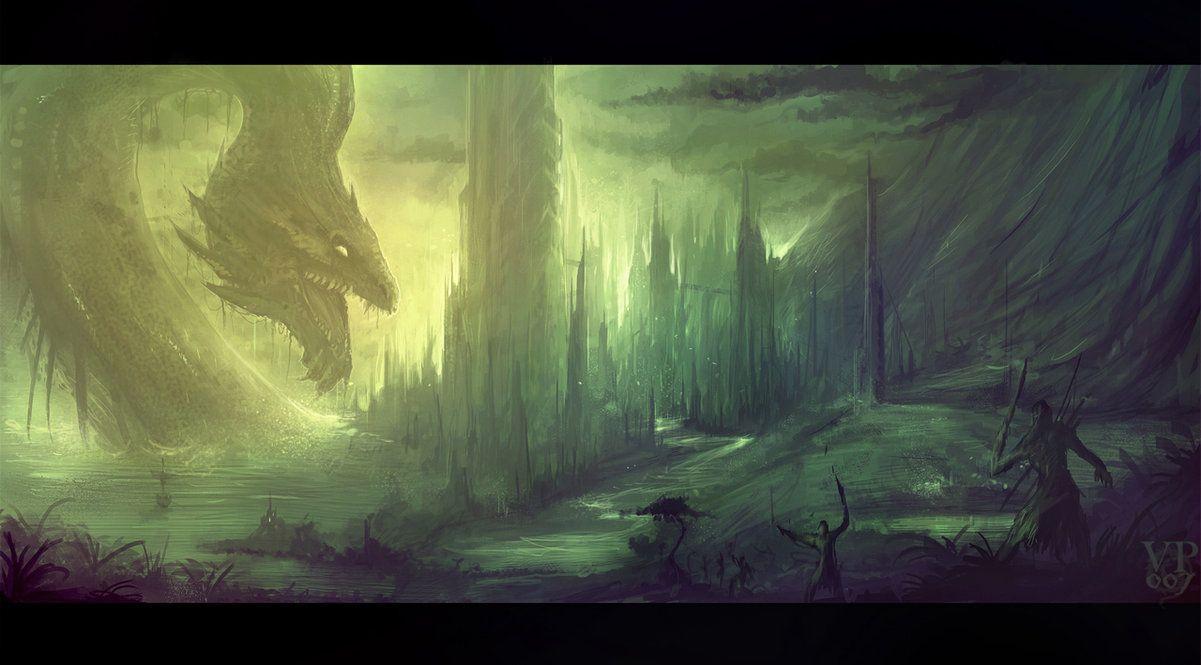
Īccording to Albert Sturtevant, " far as the element Rata- is concerned, Bugge's hypothesis has no valid foundation in view of the fact that the word Rata (gen. Bugge proposed that the -toskr element is a reformation of the Old English word tūsc ( Old Frisian tusk) and, in turn, that the element Rata- represents Old English ræt ("rat"). Sophus Bugge theorized that the name Ratatoskr is a loanword from Old English meaning " Rat-tooth." Bugge's basis hinges on the fact that the -toskr element of the compound does not appear anywhere else in Old Norse. According to Vigfússon, Ratatoskr means "tusk the traveller" or "the climber tusk." He says that the name of the legendary drill Rati may feature the same term. Guðbrandur Vigfússon theorized that the rati- element means "the traveller". The element toskr is generally held to mean "tusk". The name Ratatoskr contains two elements: rata- and -toskr. Ratatoskr is attested in the Poetic Edda, compiled in the 13th century from earlier traditional sources, and the Prose Edda, written in the 13th century by Snorri Sturluson. In Norse mythology, Ratatoskr ( Old Norse, generally considered to mean "drill-tooth" or "bore-tooth" ) is a squirrel who runs up and down the world tree Yggdrasil to carry messages between the eagles perched atop Yggdrasil, and the serpent Níðhöggr, who dwells beneath one of the three roots of the tree. Although unexplained in the manuscript and not otherwise attested, in this image Ratatoskr bears a horn or tusk. Strange as they are, the ideas of an upper world, mid world, and an underworld ring with a familiarity that can be found within many other religions.Norse mythical animal A 17th century Icelandic manuscript depicting Ratatoskr. Such were the ideas and beliefs of the ancient Norse people, gleamed from various sagas written long ago during that dark age. Dáinn, Dvalinn, Duneyrr and Duraþrór, the four stags of Yggdrasil, 17th century Ratatoskr delivers messages from Nidhogg to Hraesvelgr, 17th century Nidhogg gnaws at the roots of Yggdrasil, 17th centuryįour stags, Dáinn, Dvalinn, Duneyrr and Duraþrór, chew away at Yggdrasil’s green leaves while Ratatosk “drill-tooth” scurries up and down the trunk delivering insults between Nidhoggr and Hraesvelgr. Níðhöggr “malice striker” is a great wyrm squirming in the underworld, hatefully gnawing at Yggdrasil’s roots that prevent his escape into the upper worlds. Hræsvelg and the hawk, Vedrfolnir, 17th century Icelandic manuscript This eagle causes the winds to blow when he beats his wings in flight. Hræsvelg “corpse-eater” is a giant eagle that perches upon Yggdrasil’s top-most branches.

Thor baits the Midgard Serpent with a goat’s head, 17th century Icelandic manuscript

Jörmungandr “huge monster” is a serpent so large that its body encircles the earth, growing deep beneath the sea. Three roots from the Cosmic Ash tree drink out of three magical wells: Urdr in Heaven, Mimir in the Midworld, and Hvergelmir in the Underworld.īifrost is a burning, rainbow bridge stretching between the upper world, the mid world, and the underworld. Yggdrasil is the tree of life in a constant state death and rebirth– the linchpin that holds all the worlds together. This is a very poor drawing that I worked very hard on, my map of Yggdrasil and the Norse cosmology: Muspell, world of fire giants, Alfheim, world of light elves, Asgard, world of the gods, Utgard, world of the giants, Midgard, world of man, Dvergard, world of dark elves, and Niflheim, world of ice and darkness, land of the dead.


 0 kommentar(er)
0 kommentar(er)
